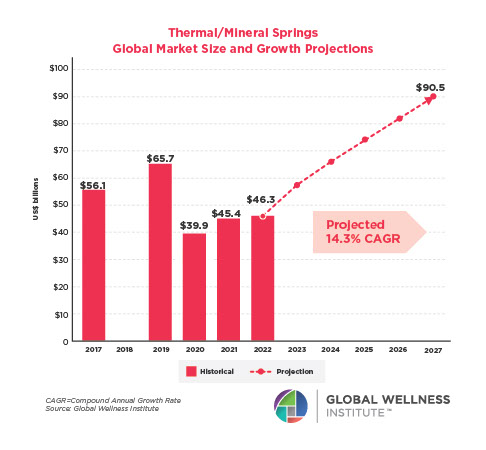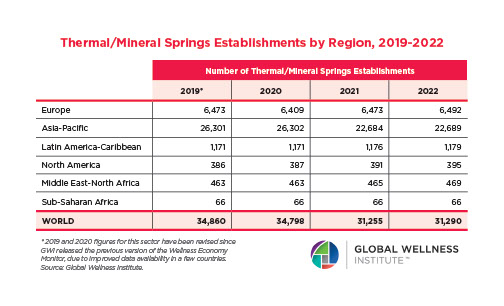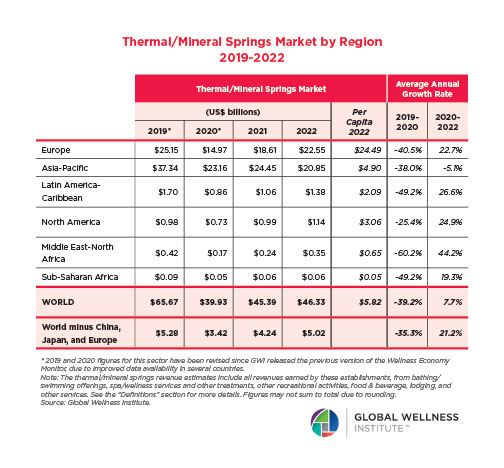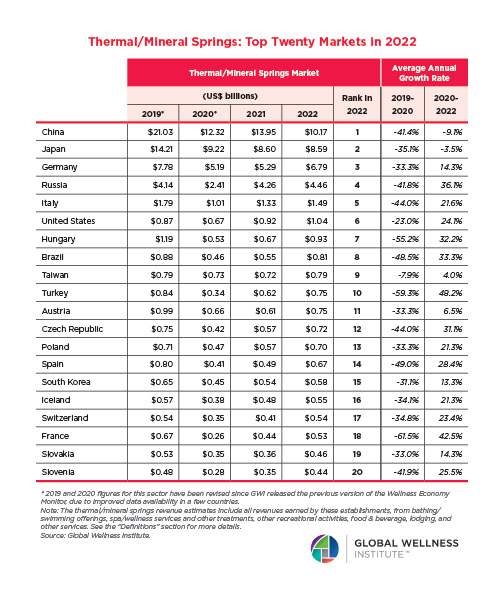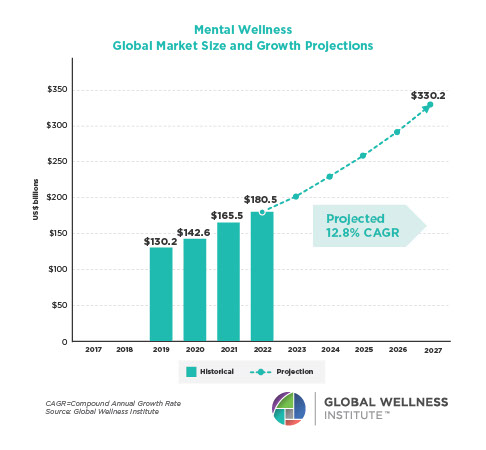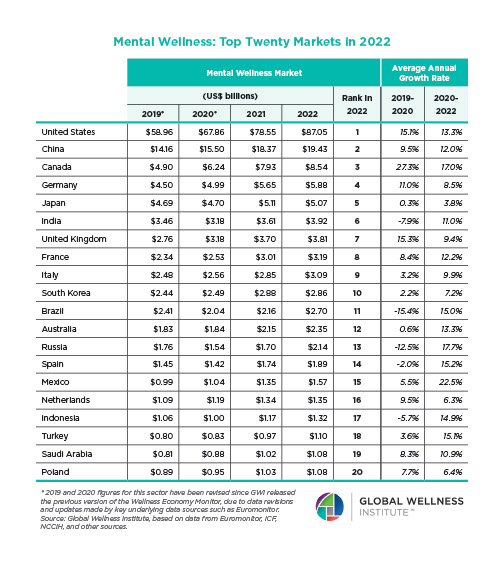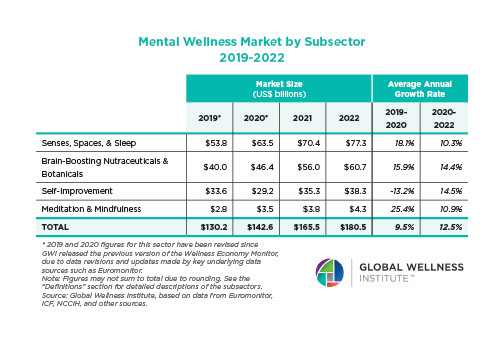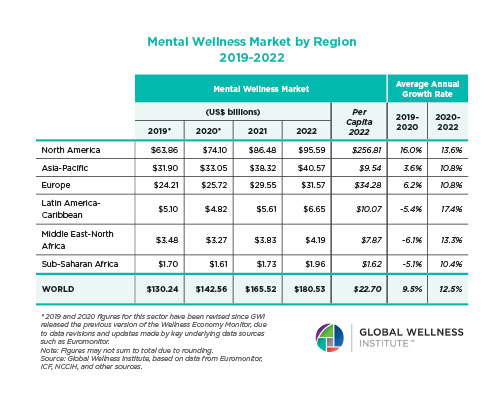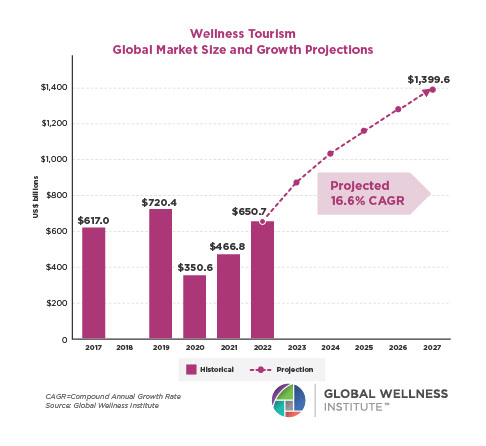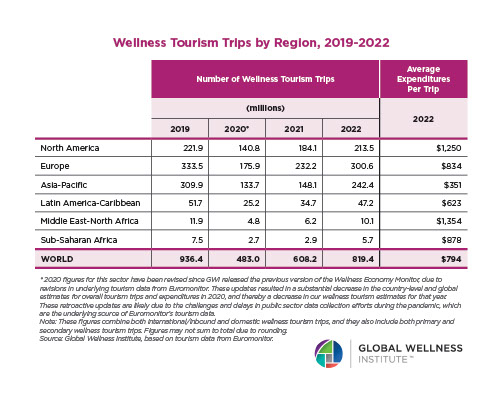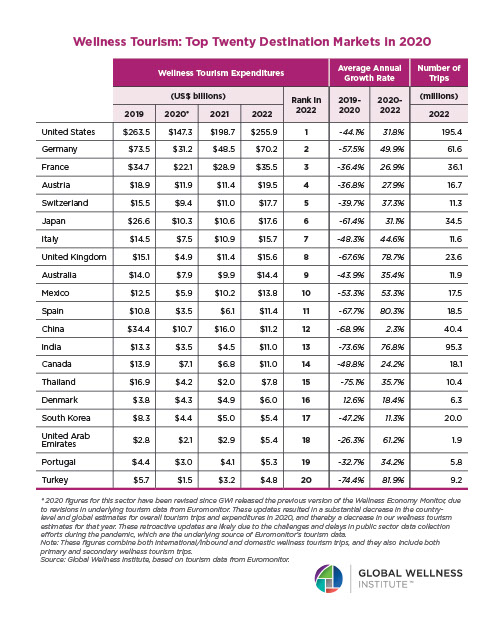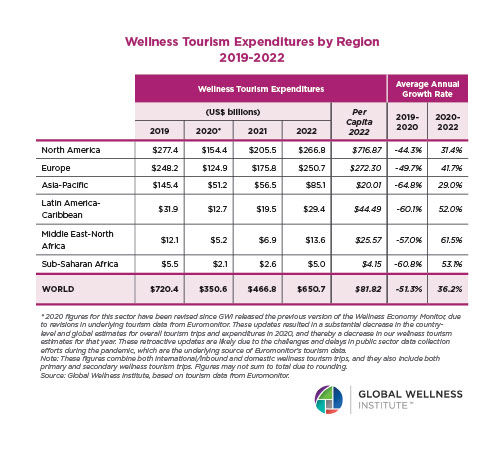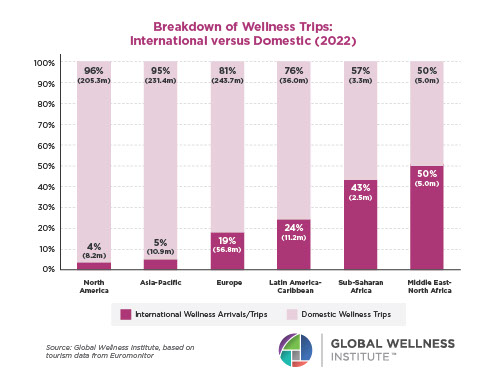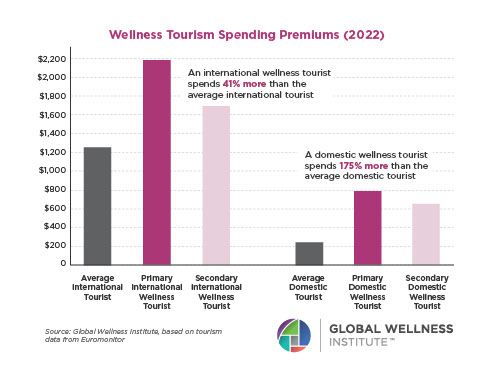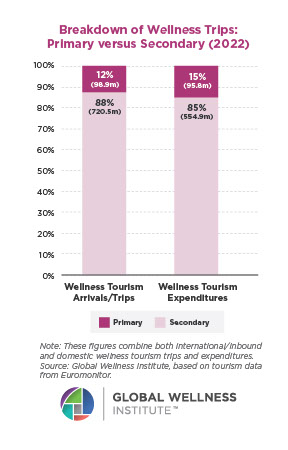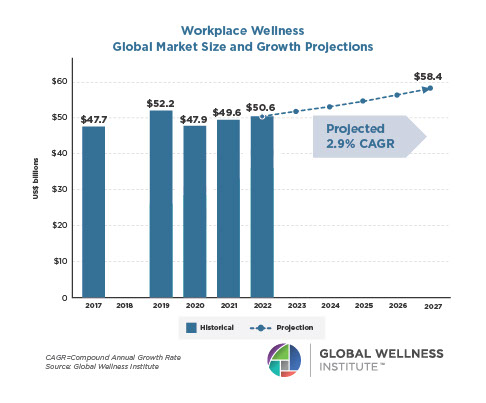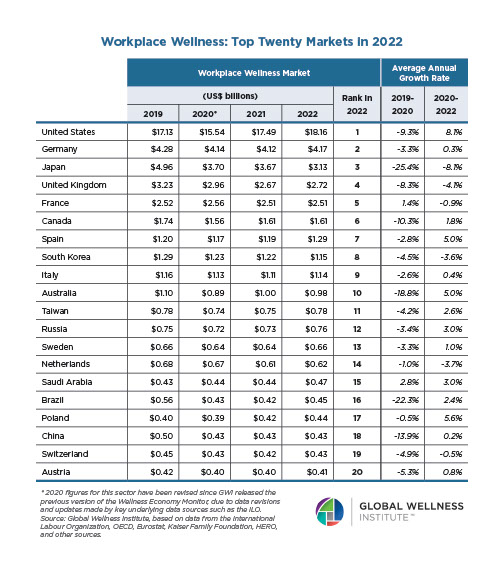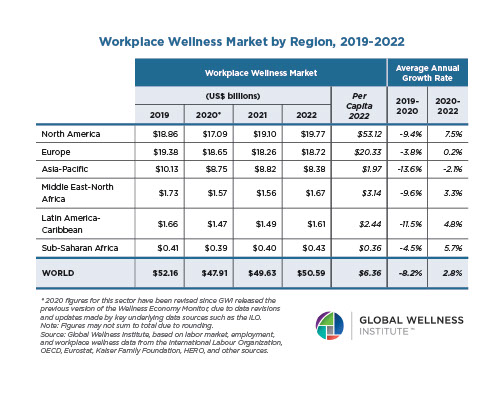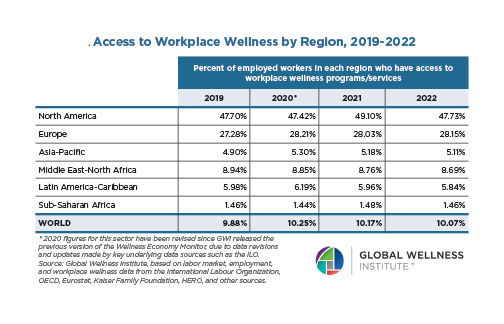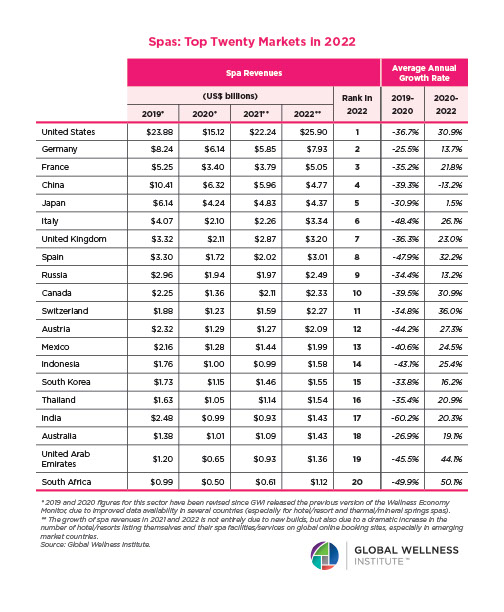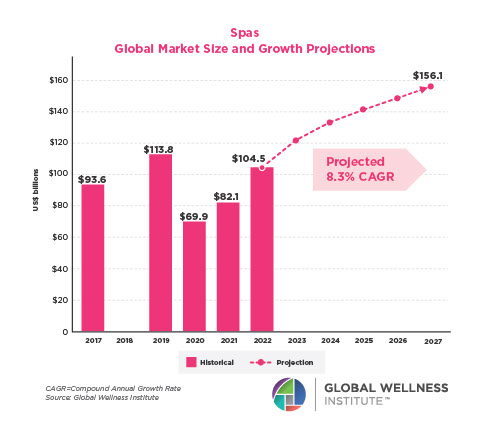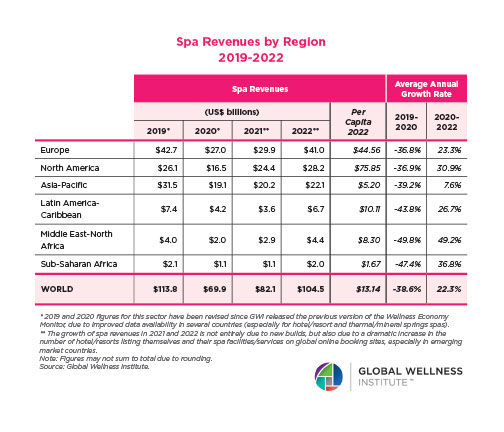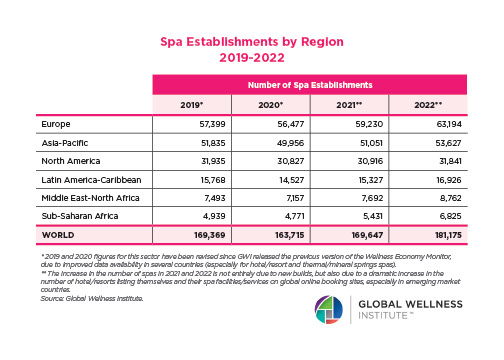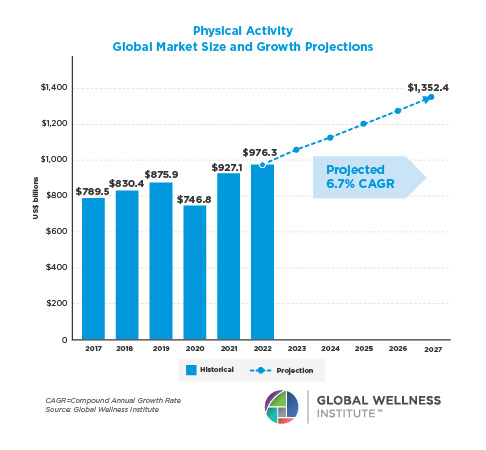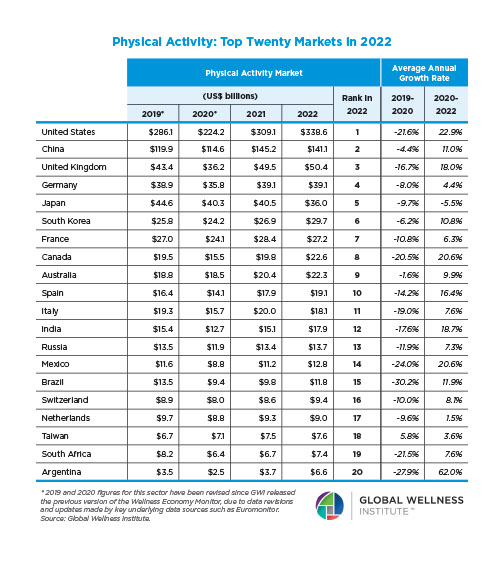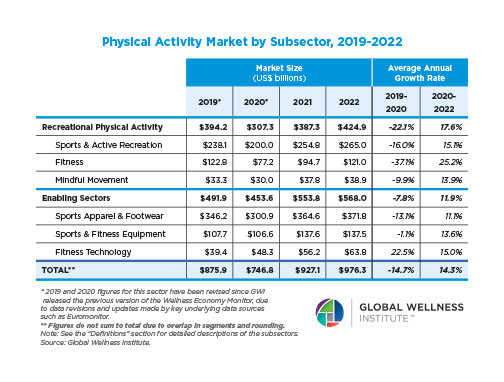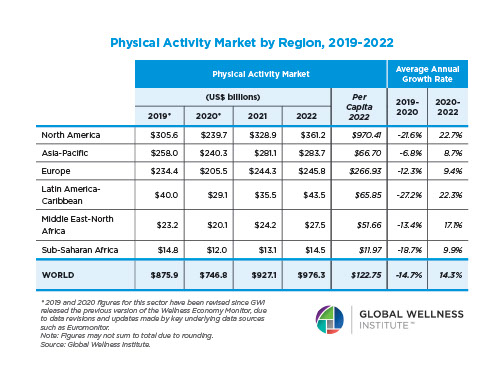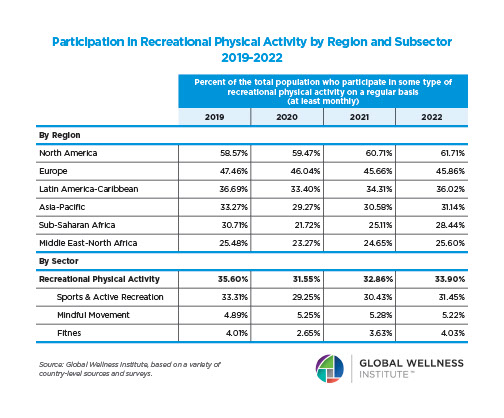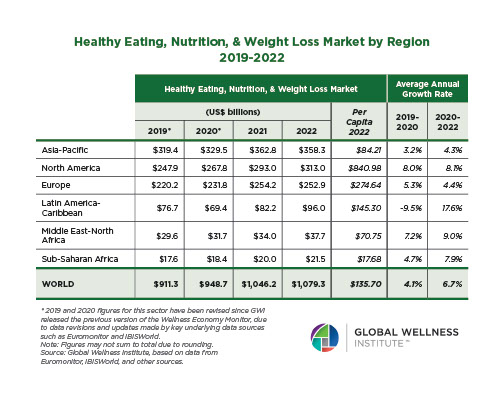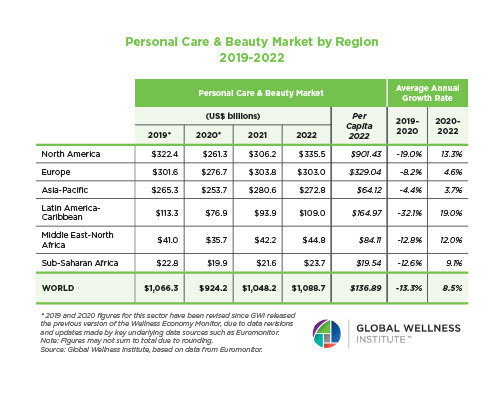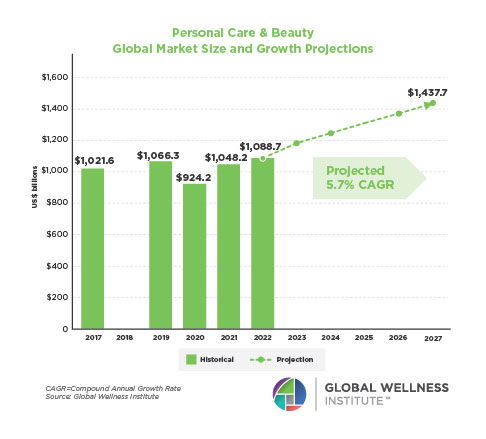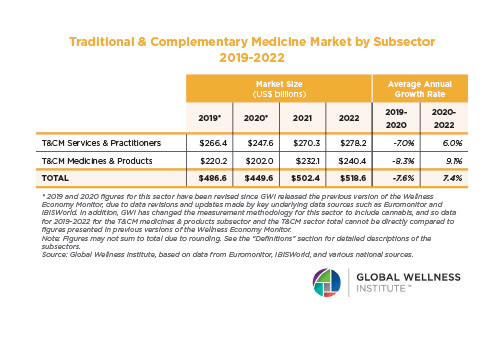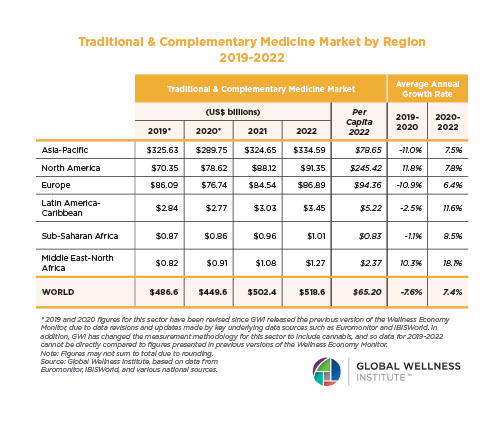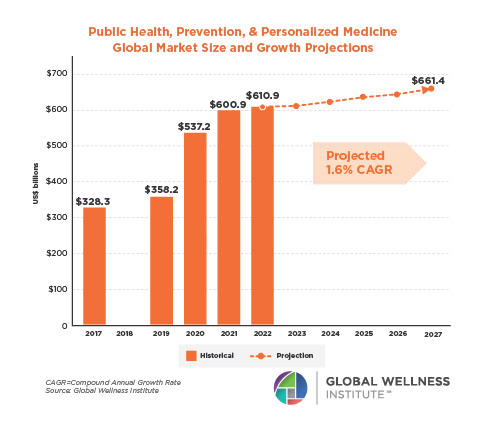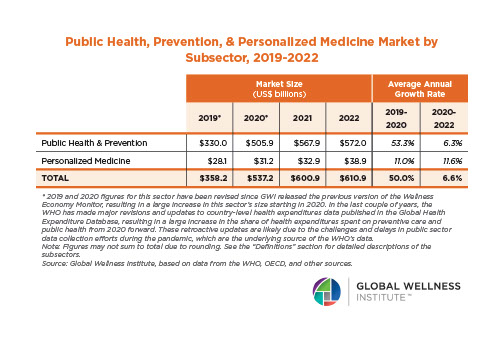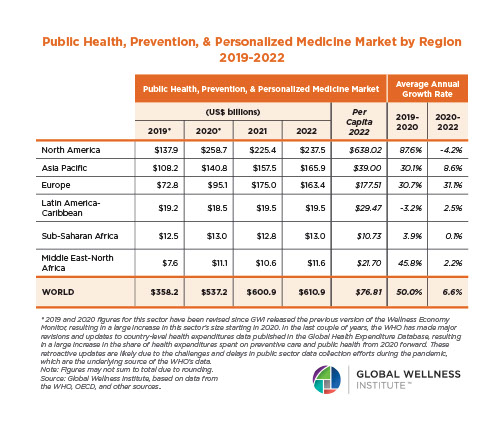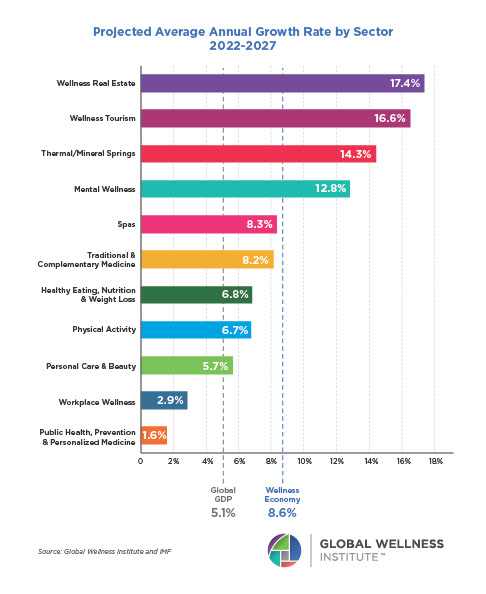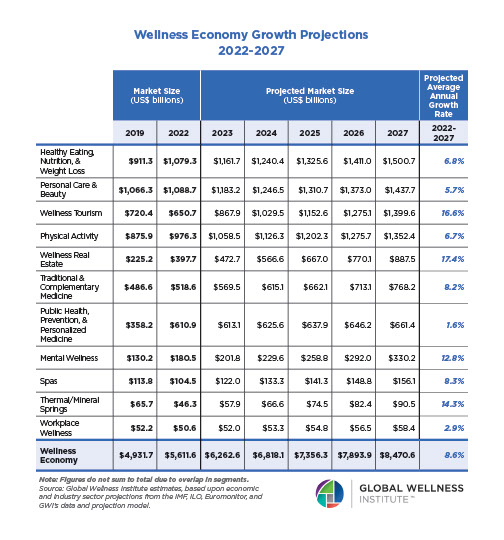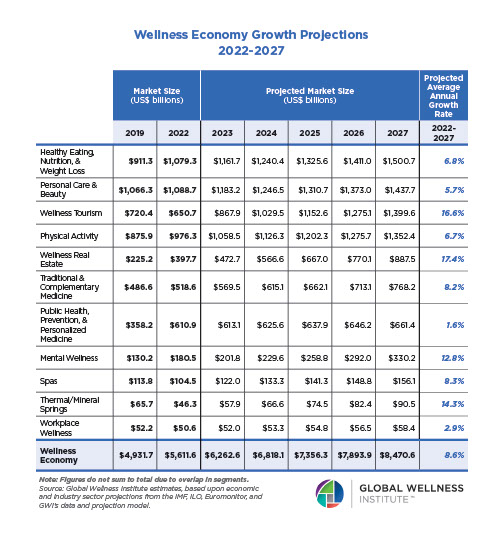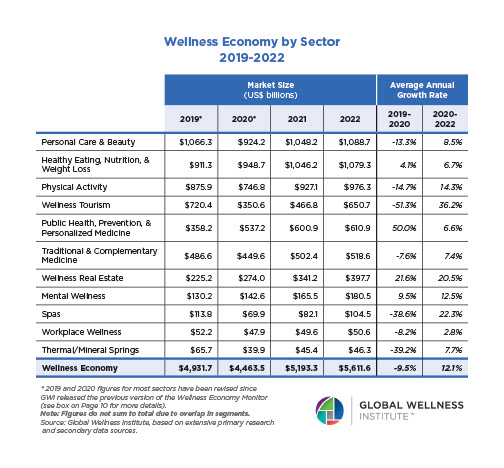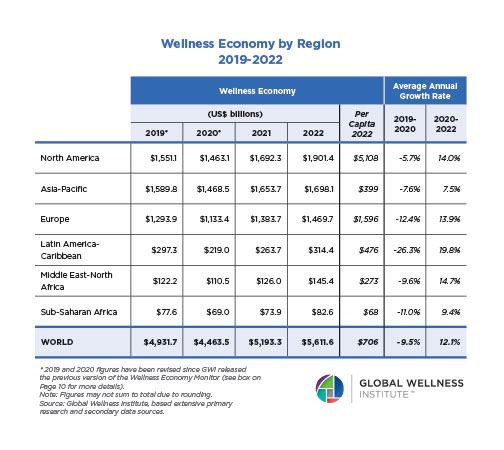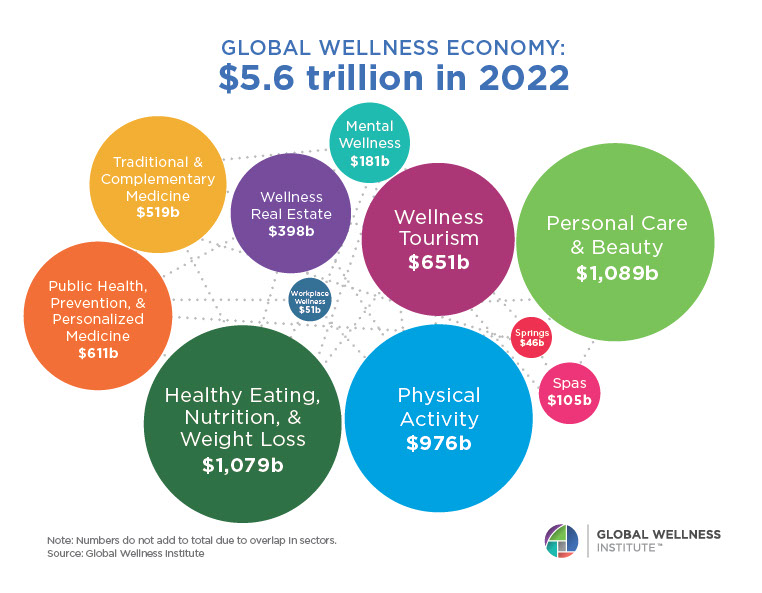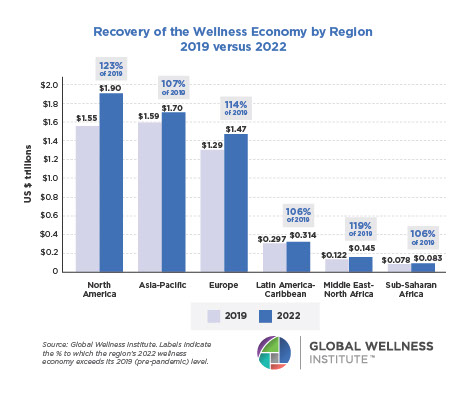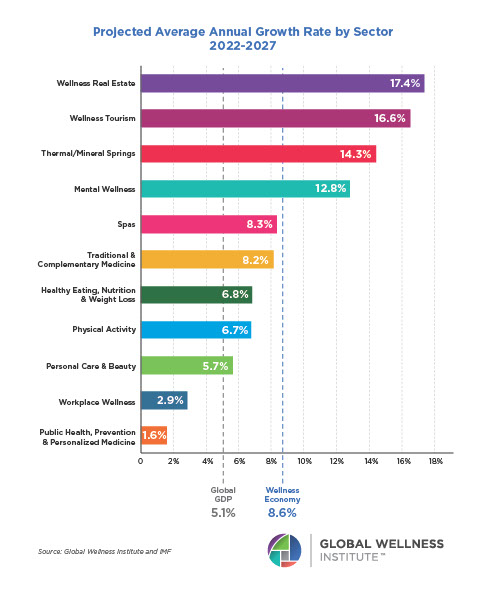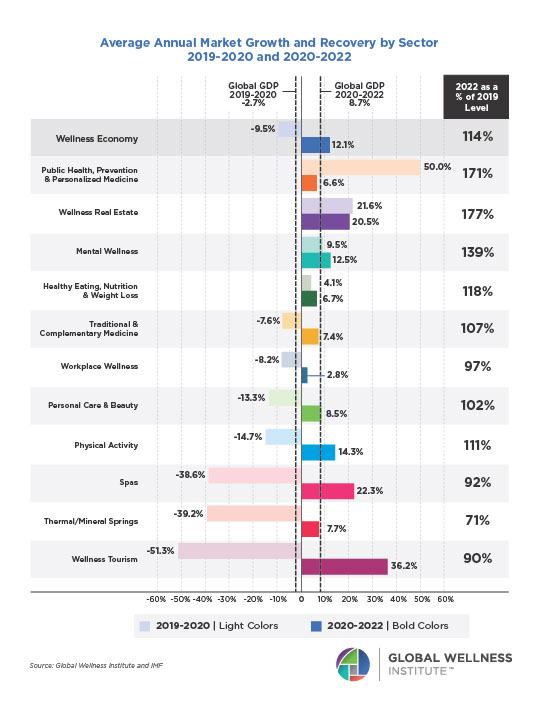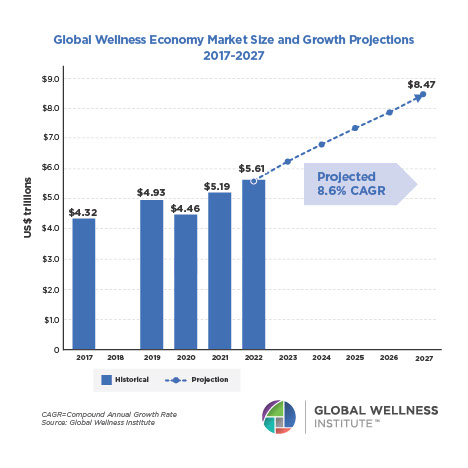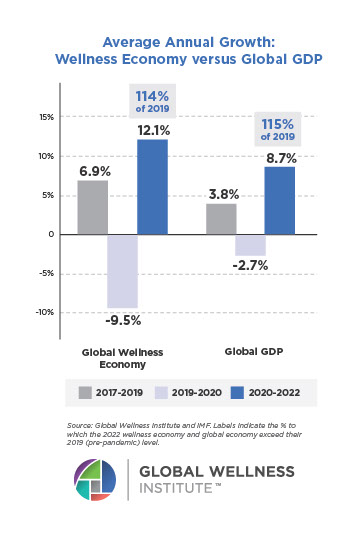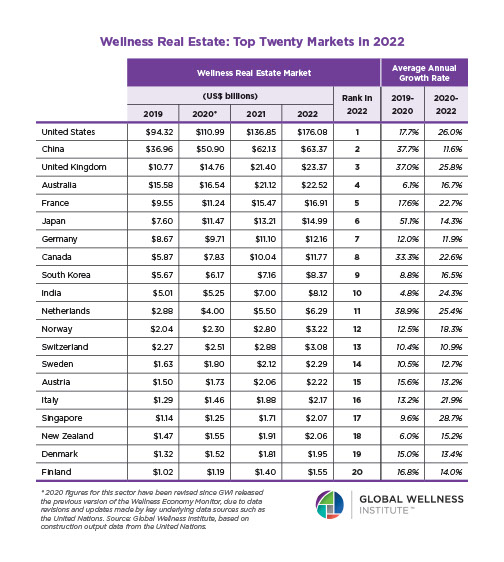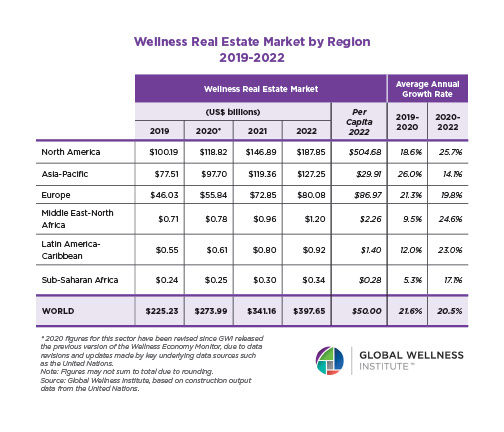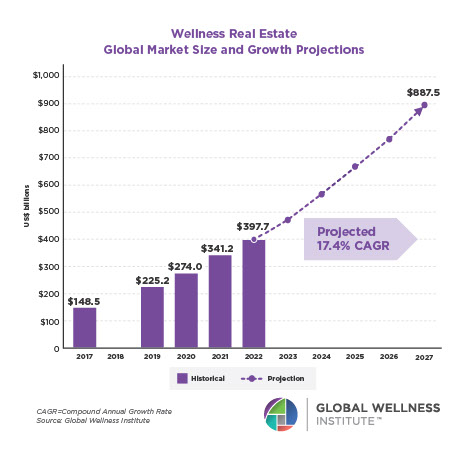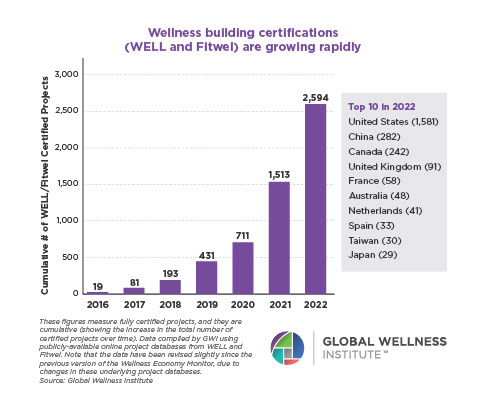Most workplace wellness initiatives focus on physical health. But experts at the Global Wellness Institute’s “Redefining Workplace Wellness” roundtable agreed that given the new “never-stop-working” realities that companies need to get more serious about mental/emotional health. Recent research suggests that companies, post-recession, are really putting the “efficiency” screws on, and trying to get more productivity with less—so a stress and “burnout” epidemic at work has arisen.
GWI Initiatives: “Future of Workplace Wellness Initiative” Launches
This week, a new Global Wellness Institute (GWI) Initiative on the “Future of Workplace Wellness” launched. Chaired by Renee Moorefield, PhD (CEO of Wisdom Works), it brings together top thinkers to identify how wellness can reinvent organizations and how they’re designed and led, and how work itself gets done. Sixteen leaders—from Dr. Fikry Isaac of Johnson & Johnson to Dr. Ken Pelletier of the Universities of Arizona and California, San Francisco—have already joined this project to help the “wellness at work” conversation get more productive and creative.
Must-Reads from the Wellness World (Week of October 14, 2015)
“Why It Was Easier to Be Skinny in the 1980s” – The Atlantic, September 30, 2015
A new medical study just found that it’s harder for adults today to maintain the same weight as those 20 to 30 years ago did, even at the same levels of food intake and exercise. The conclusion: People today are about 10 percent heavier than people were in the 1980s, even if they follow the exact same diet and exercise plans. There are three possible reasons why this is the case: 1.) exposure to chemicals; 2.) prescription drugs; and 3.) changes in the microbiome.
What’s On my Mind? The Need for Face-to-face Interaction Has Never Been Greater
I just returned from Thierry Malleret’s Economic Forum in Chamonix, France. He promised that all attendees would come away with a new friend, new idea and new project. Turns out, he was totally right!
It helped me realize once again the unique value of face-to-face interactions. None of those three things would have happened if I hadn’t gotten on a plane, taken the time (and money) to travel and set aside three days to meet new people, exchange ideas on a different continent and interact with people who may think differently.
Can Money Buy Happiness? Depends on the Type of “Money”
One of economists’ favorite, eternal debates is whether money brings happiness. And this week, Thierry Malleret sums up new research from the Office of National Statistics (UK) that concludes that (despite the common wisdom otherwise) it, in fact, does. Up to a point, because not all types of “money” lead to happiness. Read more to find out which types of wealth are most strongly associated with personal wellbeing—and how that shiny sports car isn’t one of them.
Insight: Workplace Wellness Must Tackle Two Radically Different Employees: Millennials & “Work Forever” Baby Boomers
A new work reality is unfolding across much of the world: Two dramatically different age groups are increasingly mingling at workplaces—millennials (with their tech-obsessed brains) and Baby Boomers, who are extending their work lives in unprecedented ways. And a key discussion point at the Global Wellness Institute’s “Redefining Workplace Wellness” roundtable was how different their needs are: i.e., millennials demand far more work flexibility and all forms of wellness, while Baby Boomers are a key part of the remote worker surge and migrate in and out of work.
